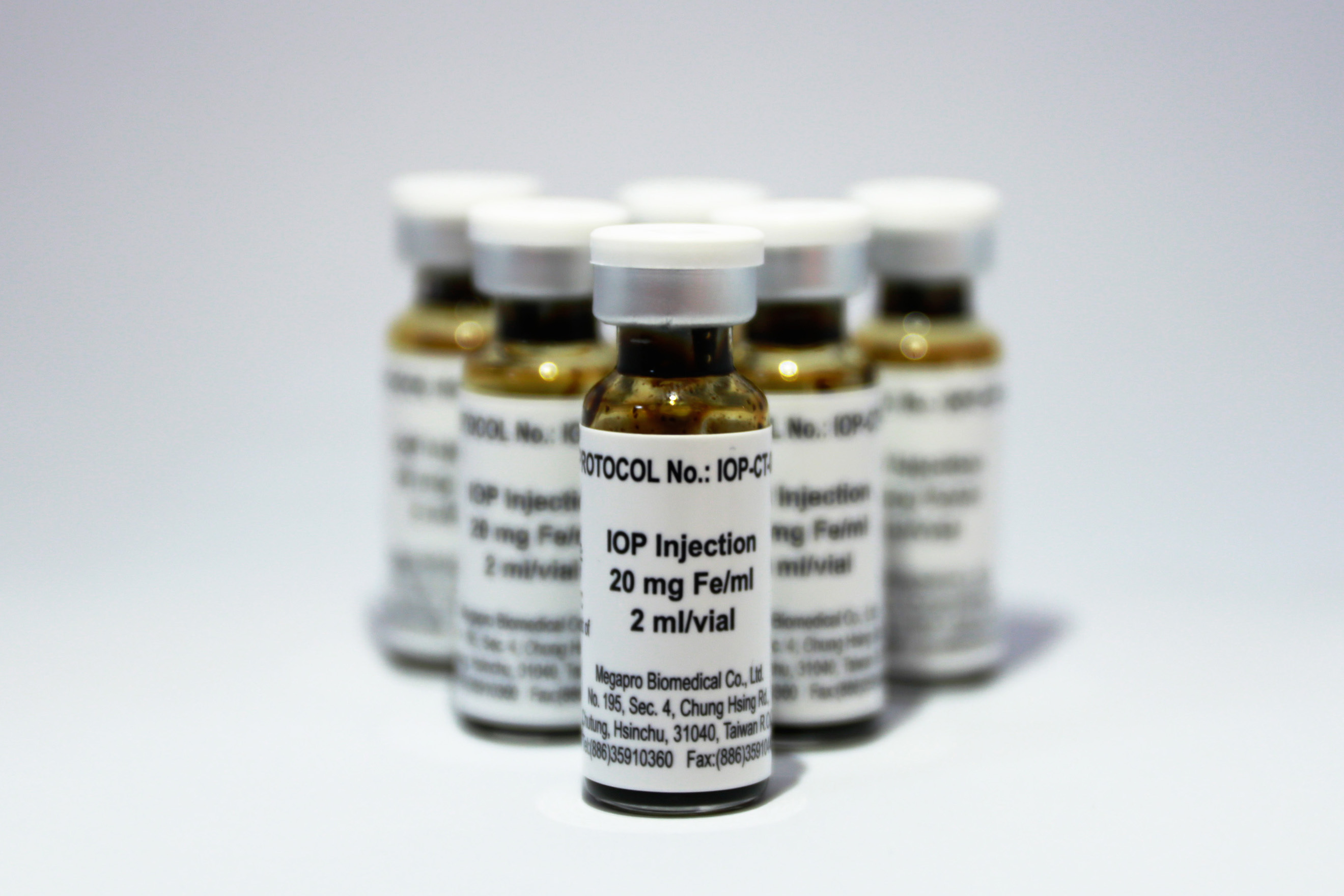The application of MRI Imaging Technology (Magnetic Resonance Imaging, MRI)
is becoming more and more popular in diagnostic imaging medicine, and it has been growing rapidly in recent years. MRI images are non-invasive medical images, and are commonly used for early diagnosis of various diseases, such as cancer, multiple sclerosis, brain degeneration, and senile spine tuberculosis. Its range of application has become broader and broader with the development of instruments and imaging technology. Our company developed a new contrast agent (IOP Injection) with PEG surface modified iron oxide nanoparticles to calibrate cells. After cell transplantation, MRI is used to track the distribution, movement, and location of cells. This can allow scientists and doctors to keep track of the movement and safety of the cells after transplantation. In addition, IOP Injection can also be used for immune cell labeling, including T-lymphocytes, macrophages, and dendritic cells. IOP Injection can also specifically calibrate internal T-cells, providing very good cell-level MRI tracking images, which makes great contributions to future regenerative medicine and inflammatory diseases.


